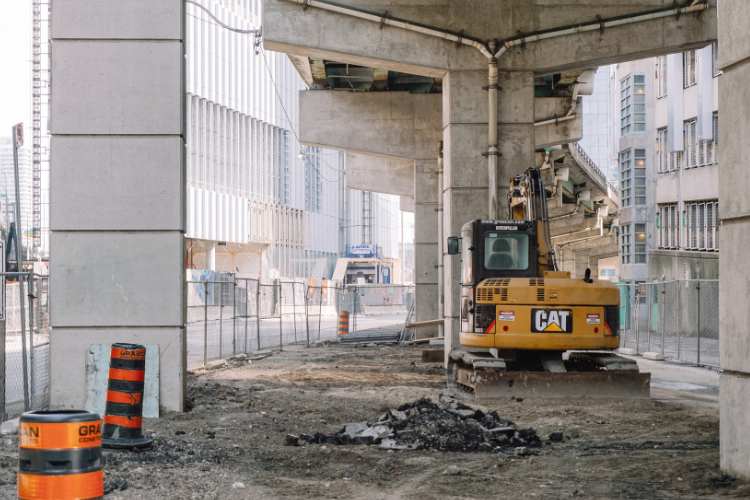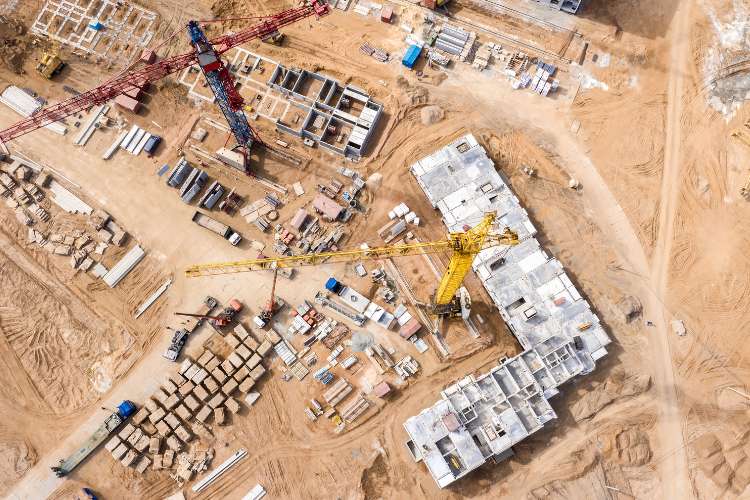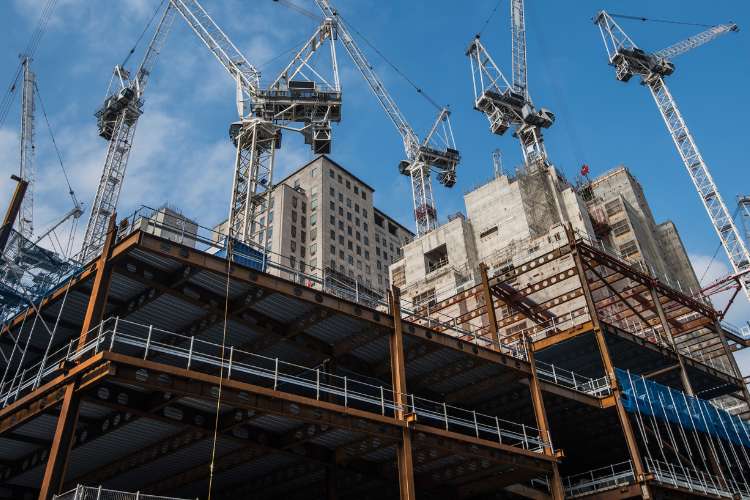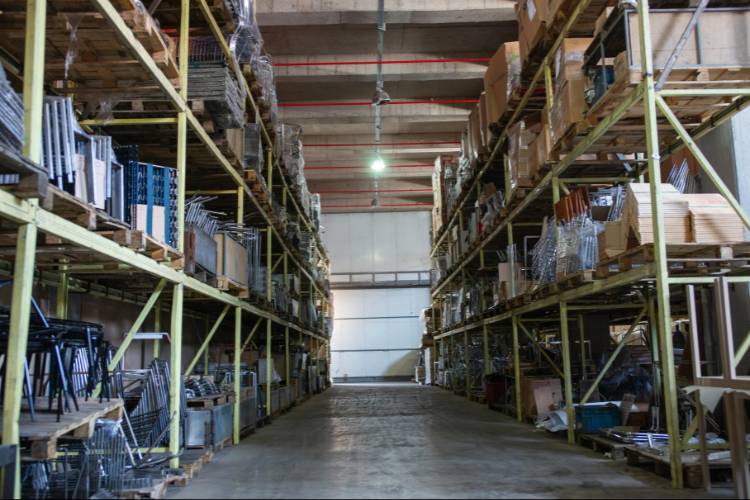Part one of our two-part subcontractor Meetup series brought together three seasoned construction industry leaders—Matt Verderamo (Well Built Construction Consulting), Luke Boyenger (Cruzumi CFO & Advisory), and Jarred Craddock (StruktureOne)—to discuss how subcontractors can build a strong capital strategy that helps them become more resilient and positioned for growth. They dug deep into how subcontractors can structure their finance teams and create operational processes that withstand commercial construction’s biggest challenges, positioning themselves for long-term success.
If you missed the live Meetup, we’ve got you covered. Here are the key takeaways from the event.
1. Build Your Finance Team As You Grow
Your finance team should evolve as your business grows. In the early days, the most important hire is a bookkeeper with construction-specific experience. Boyenger said, “You need someone who really knows what they’re doing or you’re going to struggle if you cut a corner here. Helpful hint: It’s not your nephew who majored in French horn.”
According to Boyenger, once you approach $5M in annual revenue, a fractional CFO becomes critical. This role bridges the gap between bookkeeping and strategic decision making, turning numbers into actionable insights that can unlock growth. “A fractional CFO can help you understand profit and cash flow in a way that truly supports scaling,” he said.
By $15M to $20M in annual revenue, a full-time controller should be in place to manage compliance, oversee accounting functions, and ensure your financials can pass audits for bonding or SBA loans. “Bookkeeper, then fractional CFO, then controller—that’s the foundation,” Boyenger said. Having these roles in place early ensures you’re ready for opportunities before they arrive.
2. Acquire a Variety of Capital Options—Before You Need Them
Subcontractors often rely mostly on cash and a bank line of credit to cover their expenses, but that approach can hold them back if they want to pursue larger projects. A balanced capital stack should include multiple options, including supplier terms, construction-specific financing, credit cards, or potential outside investment. The most important thing is securing these options before you need them.
“Lenders want to work with you from a position of strength,” Boyenger said. “It’s important to get access to capital before you need it.”
Verderamo added that psychology plays a big role. Every owner has their own level of comfort with risk and different perspectives on how much of a safety net the business needs, but the strongest businesses are willing to explore options beyond the traditional bank line of credit.
The biggest benefits to having a diverse set of working capital options are flexibility and capacity. When a big opportunity comes along or multiple project delays hit at once, with a diverse set of working capital options in place the business has multiple capital sources to pull from.
“Use the right tool for the right job—your cash and line of credit are for running your business, not someone else’s project,” Boyenger said.
3. Avoid Using Your “Cheapest” Options First
It’s tempting to use cash first since it feels “free,” but doing so can drain your cash reserves and eliminate your margin for error. “Cash is your reward for a job well done,” Boyenger said. “If you use it to fund other people’s projects, you’re robbing your business of its own safety net.”
Verderamo has seen the downside firsthand: “If you’re constantly worried about what’s in the bank, it’s extremely difficult to ever reap a return on investment.”
Leaning on cash or a limited bank line of credit can leave you unable to seize growth opportunities or manage the unexpected. Instead, think long-term and create a strategy for deploying your capital. Use construction-specific financing like supplier terms or material financing first to cover project-related expenses and protect your most flexible options like cash or lines of credit.
4. Tighten the Link Between Job Costing and Bidding
One of the biggest profit leaks comes from a disconnect between job costing and bidding. Without accurate job costing, you can’t pinpoint where projects underperform—or why. And if that data doesn’t feed back into your bidding process, you’re likely to repeat the same miscalculations.
“If the people doing the bidding don’t know the full cost picture, you’re just leaving profit on the table,” Boyenger said. This includes calculating the cost of capital on projects so you’re not winning projects that quietly lose money.
Verderamo also stressed the importance of operational tie-ins, from negotiating better vendor terms to tracking days sales outstanding (DSO) by general contractor. These steps give estimators the context they need to bid profitably, even on larger or more complex projects. Job costing isn’t just an accounting function—it’s a growth tool when tied directly to how you price work.
5. Proactively Manage Cash Flow and AR
Strong financial systems don’t just track payments—they actively work to speed them up. Tracking DSO by GC can help predict payment timelines and flag risk before it becomes a crisis. Craddock shared that StruktureOne holds biweekly AR/AP reviews, making sure they have an accurate plan to handle outstanding payments for both customers and vendors. “If you’re not following up, you’re going to get left behind,” he said.
On unfamiliar projects, Craddock often uses material financing not just for the cash flow benefits, but also because, “Billd handles the lien requirements, which gives us peace of mind that our rights are protected.”
Being proactive also means negotiating payment terms with vendors when possible, using financing partners strategically, and keeping relationships strong on both sides of the payables equation. This allows cash flow to stay consistent, even when project schedules slip.
A well-designed capital strategy isn’t about one tool—it’s about assembling the right team, diversifying your capital sources, using them strategically, and embedding financial discipline into daily operations. For more information, watch the full meetup on demand here.






